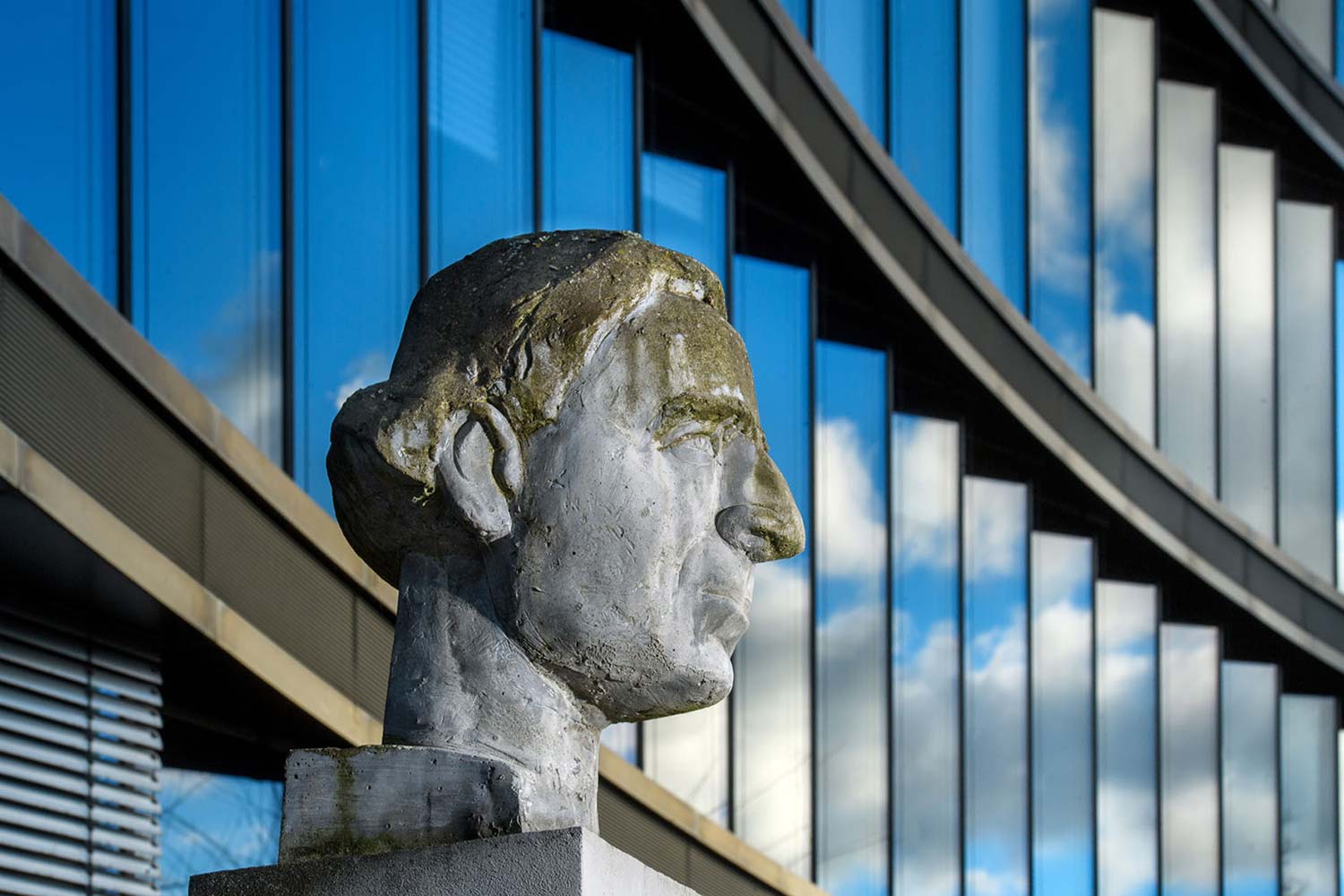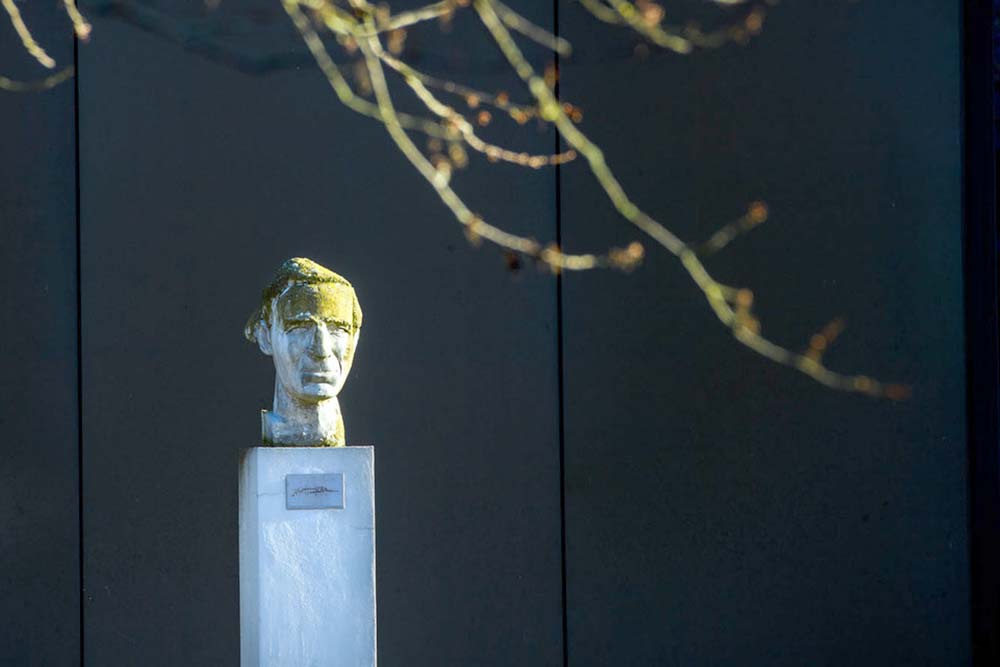11Nikolai Wladimirovich Timoféeff-Ressovsky
September 7jul./20greg., 1900 in Kaluga Province, Russia – March 28, 1981 in Obninsk, Russia
Elena Aleksandrovna Timoféeff-Ressovska June 8jul./21greg., 1898 in Moscow, Russia – April 29, 1973 in Obninsk, Russia

Nikolai and Elena Timoféeff-Ressovsky were biologists and geneticists. They published numerous important papers together on mutations and genetics in Drosophila and later on radiobiology and radiation damage in humans. Nikolai W. Timoféeff-Ressovsky initially gained worldwide recognition for his work on the use of X-rays to generate changes in genetic material. With Max Delbrück and Karl Günther Zimmer, he developed a definition of the gene that is largely still considered valid today. In the eyes of the public, Elena Timoféeff-Ressovska was overshadowed by her famous husband, but experts consider her an outstanding geneticist, on equal par with her partner.
Nikolai and Elena Timoféeff-Ressovsky studied biology at Moscow University between 1917 and 1923, where they met and married in 1922. There they began work on mutations in the fruit fly Drosophila, which drew the attention of Oskar Vogt. In 1925 he received the approval of the Soviet government to bring the couple to his institute for brain research in Berlin, what at the time was still located on Magdeburger Strasse. Nikolai W. Timoféeff-Ressovsky set up a department for genetics and worked with Elena on the question of how environmental factors influenced genetics. In 1928, he reported that by irradiating fertilized eggs and larvae, he created flies that exhibited various mutations throughout their bodies. In 1931 he became head of the department for experimental genetics in the newly built Kaiser Wilhelm Institute (KWI) for brain research in Berlin-Buch. There the working conditions were very favorable for women, given the circumstances at the time. Prominent female researchers at the KWI included Elena Timoféeff-Ressovska, Cécile Vogt and their daughters Marguerite and Marthe, and many others. After the National Socialists took power, Elena Timoféeff-Ressovska had to officially stop working; she continued to work in her husband‘s laboratory nevertheless.
Nikolai stayed at the KWI in Berlin-Buch until he was arrested in 1945 and deported to the Soviet Union. Elena continued working as an assistant at the Zoological Institute in Hans Nachtsheim‘s department at the Friedrich-Wilhelms-University in Berlin until 1947. It was only then that she was able to travel to the Urals with her son Andrej, where she rejoined her husband. (Their second son, Dimitrij, was murdered shortly before the end of the war in the Mauthausen concentration camp). They continued to work on radiation damage in Sungul. From 1955 to 1964, both carried out research in Sverdlovsk, in the Department of Radiobiology and Biophysics at the Institute of Biology of the USSR Academy of Sciences. Elena Timoféeff-Ressovska habilitated there.

During his time in Berlin-Buch, Nikolai W. Timoféeff-Ressovsky gained worldwide fame for his work on changes in genetic material. He discovered that there was a direct relationship between radiation dosages and mutation rates. He also discovered that a mutation results from a single radiation-related effect, a so-called ”one-hit event“. In 1934 he published a paper in which the term ”genetic engineering“ is used for the first time. The extent to which his wife Elena‘s work contributed to his findings is hard to determine. It is clear that they worked together and Elena Timoféeff-Ressovska was considered to be just as gifted a geneticist as her husband Nikolai.
In a 1935 pamphlet published with Max Delbrück and Karl Günther Zimmer, Nikolai explored his findings and their theoretical implications; ”On the nature of gene mutation and gene structure“ was considered a landmark publication around the world. Up to that point, the term ”gene“ has been considered a purely theoretical construct. Whether genes were material at all, what they were made of and how they worked had been the subject of heated debate. In their work, Timoféef-Ressowsky and his co-authors proposed that mutations arise from altered molecules and that these molecules are genes. The definition of a gene as a stable structure made up of atoms provided an essential basis for modern genetics and molecular biology.
More information about Nikolai Wladimirovich Timoféeff-Ressovsky‘s workplace can be found in the Campus Museum.
Stefan Kaehne, Beton, 2006